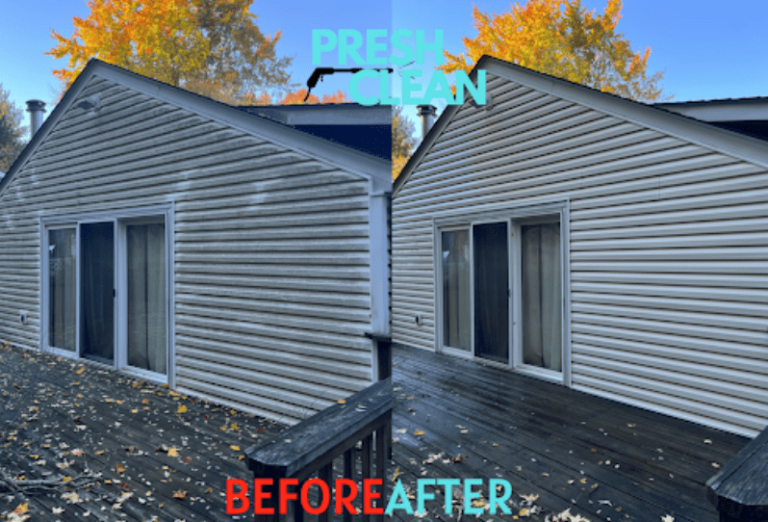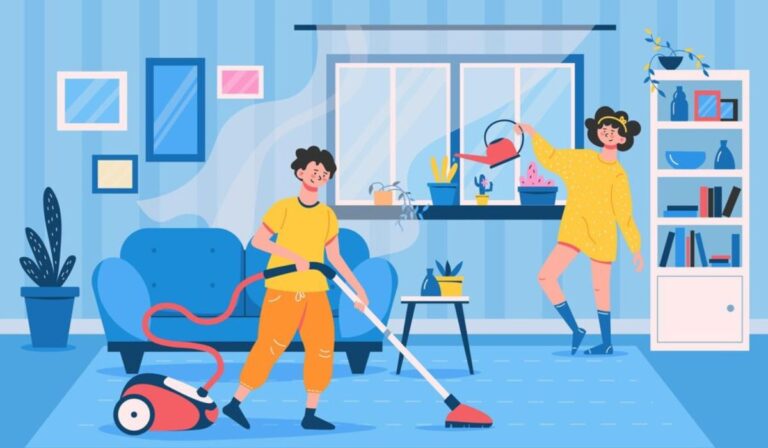New Boiler, Old Home: Compatibility Considerations
When it comes to heating your home, a boiler is key. But what if you have an old home and a new boiler? This is where new boiler and old home compatibility considerations come in. In England, many homeowners face this. They want to upgrade their heating systems with new boilers. But they worry about compatibility issues. This is common for the majority of older homes. Now, imagine you address these compatibility issues and your older home is ready for a brand-new boiler. Before emptying your wallet, consider boiler grants England. These grants can help you replace your older, inefficient boiler with an energy-saving model. Moreover, you may also get thermostat radiator valves and insulation. However, eligibility for such programs is subject to specific criteria. So it’s worth checking your eligibility before proceeding with the boiler purchase. A successful grant application could significantly reduce the upfront cost of your new boiler, making the upgrade even more attractive.
Before you purchase a new boiler, it’s crucial to consider compatibility with your old family home. Here are some key considerations to ensure a smooth transition:
Pipework in older homes
First, older homes have pipes from a long time ago. These pipes are usually made of lead or galvanised steel. Also, they are smaller than today’s pipes. Over time, these pipes can rust and get damaged. This makes them even smaller inside. Modern pipes, on the other hand, are made to last longer. They work better. Moreover, they use materials like stainless steel, carbon fibre, and plastic. These pipes are also bigger to handle more water flow from modern appliances.
So when you put a new boiler in an old house, problems can happen. Modern boilers need steady water pressure to work well. If the old pipes are too small or rusty, they can’t handle the water flow. This can make the boiler work poorly or get damaged. So to make the new boiler work well, you need to change the old pipes. Replace them with new, wider pipes.
Water pressure
Modern boilers need high water pressure. So check your system’s pressure. If your pressure is low, you might need changes. On top of that, you can easily check the pressure. Firstly, you’ll need a water pressure gauge. You can buy one from a store or online.
Next, find an outdoor hose spigot near your home’s main water supply line. If you have a well, use a faucet close to the well’s pressure tank. Make sure no water is being used in your home. This means no faucets, showers, washing machines, or dishwashers are running.
Now, take off any attachments from the spigot. Then, screw the pressure gauge onto it. Make it tight to stop leaks. Finally, turn the water on full blast and read the number on the gauge. This number shows your water pressure in pounds per square inch (PSI).
Venting system
Flue size: Modern boilers often require different flue sizes than older models. The flue is the pipe that removes exhaust gases from the boiler. Moreover, mismatched flue sizes can lead to improper ventilation and pose safety risks.
Condensing vs. non-condensing: Many modern boilers are condensing models, which means they extract additional heat from exhaust gases through condensation. Also, these boilers require a different type of flue system compared to traditional non-condensing models.
Electrical system
Power supply: Today’s boilers might require more electricity than older models. So ensure your current electrical wiring handles the increased load. Furthermore, upgrading the electrical wiring might be necessary in some cases.
Space constraints
Boiler dimensions: Newer boilers might have different dimensions than your existing model. So measure your current boiler’s space and compare it to the dimensions of potential replacements. As a result, this will help avoid surprises during installation.
Fuel type
Natural gas vs. oil: If you’re switching fuel types (e.g., from oil to natural gas), you might need significant modifications to your system. So consult a qualified engineer to assess the feasibility and cost implications.
What are the risks of not addressing these compatibility issues?
- System malfunction: Undeniably, system type matters. If your system isn’t compatible, the new boiler may not work. Moreover, this could lead to inefficient heating or even a breakdown.
- Reduced efficiency: Pipework condition and size are also crucial. If not suitable, it can affect boiler performance. Consequently, this could lead to higher utility bills.
- Damage and costs: You cannot ignore water flow as well. Inadequate flow can cause costly repairs. Moreover, it can shorten the boiler’s life expectancy.
- Safety risks: Equipment safety is key. If overlooked, it can lead to potential hazards. For example, corrosion can cause leaks, which are dangerous.
- Inadequate heating: Connection to the secondary circuit is vital. If not done correctly, it can lead to uneven heating. As a result, this can cause discomfort.
Bottom line
By addressing these compatibility considerations before purchasing a new boiler, you can avoid costly surprises and ensure a smooth installation. A qualified heating engineer can conduct a thorough assessment of your existing system. They’ll recommend a new boiler that is compatible with your home.







